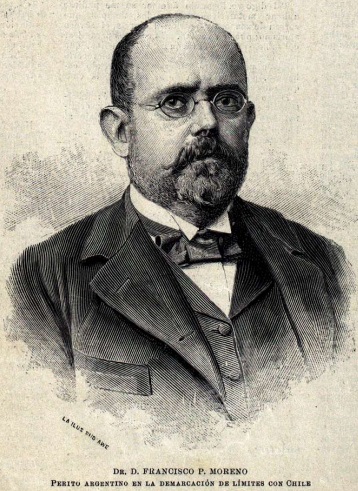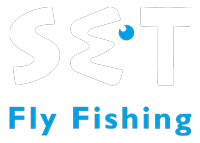
First, some perspective about Patagonia.
Why was Moreno selected for such a critical role?
to be continued....
Other articles
While we are busy with the summer season in Argentina creating lifetime memories for our guests along our lodges we are also preparing ourselves to visit North America.This winter we will be traveling across the United States in order to…
Scattered throughout Argentina are street signs with the names of military generals and political leaders, but one stands out as an almost unknown civilian hero … Francisco P. Moreno. A self-taught scientist, naturalist, anthropologist, geologist, and unrecognized defender of the…
This question used to be a simple one to answer. Now, with the 3 separate destinations available in the Golden Dorado Experience it’s a bit more complex, but worth studying because of the variety of conditions where you can target…
Golden Dorado 2023 Spring Season Report Hi friends! We are finishing another fabulous spring Dorado season and this time with an extended Golden Dorado Experience, the first one after the inclusion of Jetu'u Cabanas de Esteros to the family of…
Some of you may now; Rachel Finn has been an ambassador and great friend for SET for several years now. She has been hosting groups regularly to all our lodges for golden dorado and trout.Last year we had the opportunity…
Interview with Carlos Caballi Also known as “Carlitos”, he has been a part of The Golden Dorado Experience since the beginning. He has accumulated more hours on the water chasing Dorados than any guide could wish for, and his knowledge…
November 1st is a day to celebrate. By Gonzalo Flego Beyond the anticipation of Christmas as a boy, the day that stirs my imagination now as a man is opening day of trout season here in northern Patagonia. I wait…
Where passion sparks adventure, and people shape our journey. https://youtu.be/J_fdnEJzBqwArgentina is a vibrant tapestry woven with remarkable threads: delicious food, stunning landscapes, football fever, tango and most importantly, our unwavering passion.At SET fly fishing, we embody this passion as anglers,…
Golden Dorado 3 Lodges 3 Experiences The Golden Dorado Experience by SET Fly Fishing was recently completed with the addition of a third lodge, Jetu’u Cabañas de Esteros. But given that the lodges are all within a 55-minute flight of…
SET on the Road Once again, we are excited about starting our next roadshow trip across the US. From the end of September through most of October, Set Fly Fishing will be visiting with old friends, making new ones, and…
In Search of Gold Argentina or Bolivia? by Lucas Mora I was lucky to be born and raised near the largest tributary of the La Plata basin, the beautiful Parana River. In my early teens my friends and I started…
Argentina Wine Country One of my favorite traditions at Spring Creek Lodge is personally directing the Wine Tasting on arrival day. Many of you have shared this experience and know my passion for Argentine wines, but for those who haven’t…
“Paisano” from the Ibera Wetlands The Paisanos of the Ibera have survived for many generations in an intimate relationship with the land and waters of this beautiful ecosystem, making their living raising cattle and farming in family groups.In Argentina, the…
What are you doing next Winter?? At SET Fly Fishing we are always planning your next great adventure. From the beginning, we have been a team of passionate anglers and hardcore explorers with a vision - to bring the most…
Big Yellow Toothy Fish! by Theresa “Drox” Rosik and Chuck Geurts After 20+ years of fly-fishing and numerous destination trips, we were ready for our next adventure; “Big Yellow Toothy Fish”—Golden Dorado in Argentina!We booked a trip through an unfamiliar…
Reservoirs in Northern Patagonia The name Patagonia invokes images of vast expanses of land, seclusion, towering mountains, forests, wildlife, and the best trout waters in the world.The Limay reservoir typifies this vision and yet, even being one of the easiest…
Epic Fishing The Pursuit of Golden Dorado The common theme of conversation among guides and fishing friends, often while sitting around a campfire or gathered at a winter Asado, is always about fishing. And when the subject turns to Golden…
We can help you plan your next Argentina vacation Imagine for a moment, the challenges you might face in planning a one-week vacation in the US with the expectations of snorkeling in the Florida Keys, viewing the New York City…
Holidays in Argentina The holidays are a time for gathering together with family and friends to share special moments, creating lasting memories, and reminisce about fun times past. And in recent years, we’ve had the pleasure of hosting families who…
It's Official After two years of severe drought and unprecedented conditions across northeastern Argentina, which created some challenges and puzzles to find the best Golden Dorado fishing, water conditions have now recovered. Since October of 2022 the entire Parana River…
